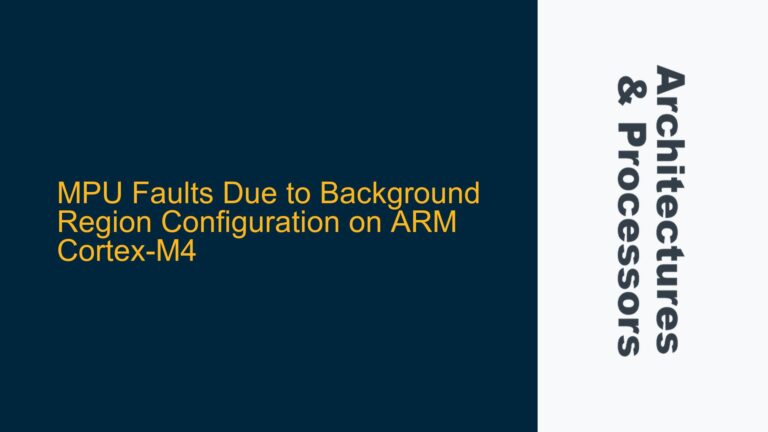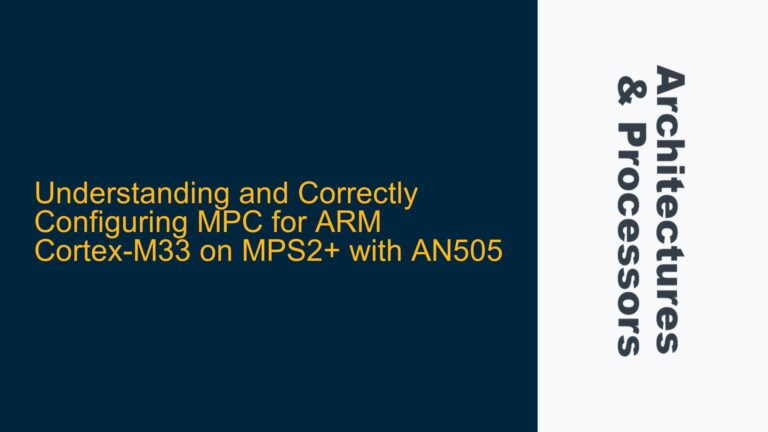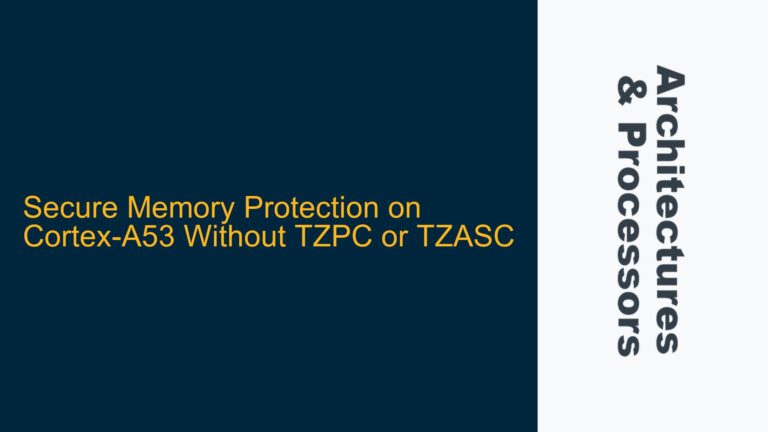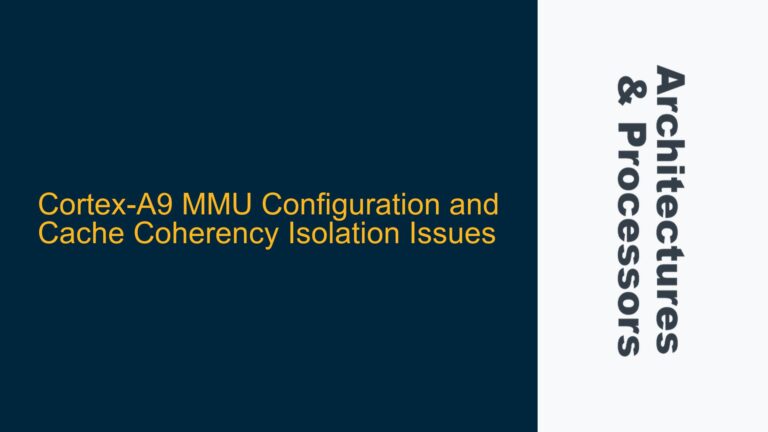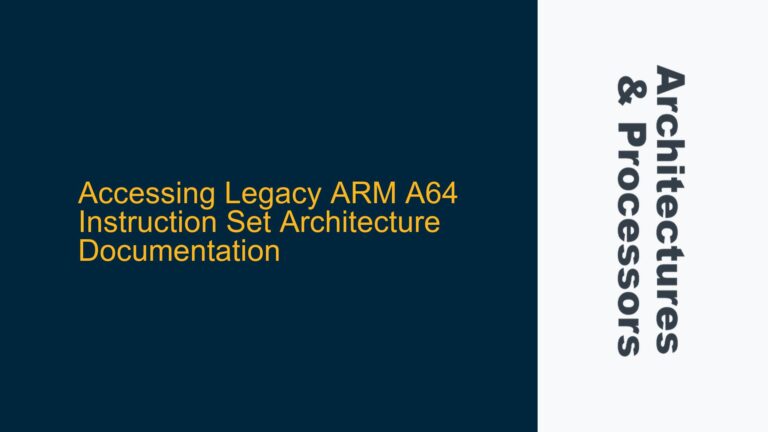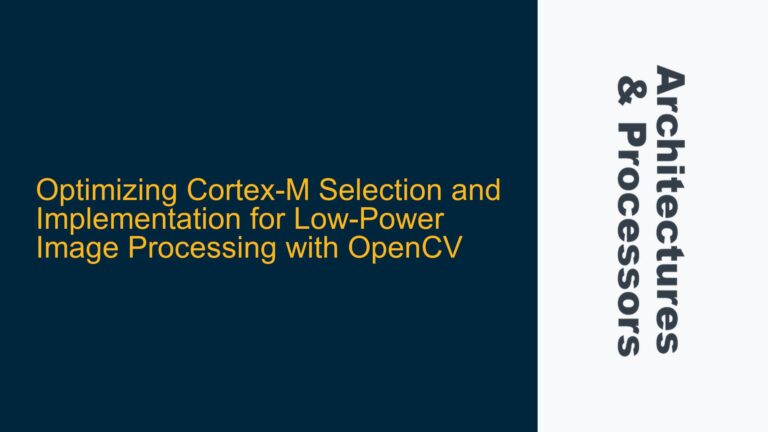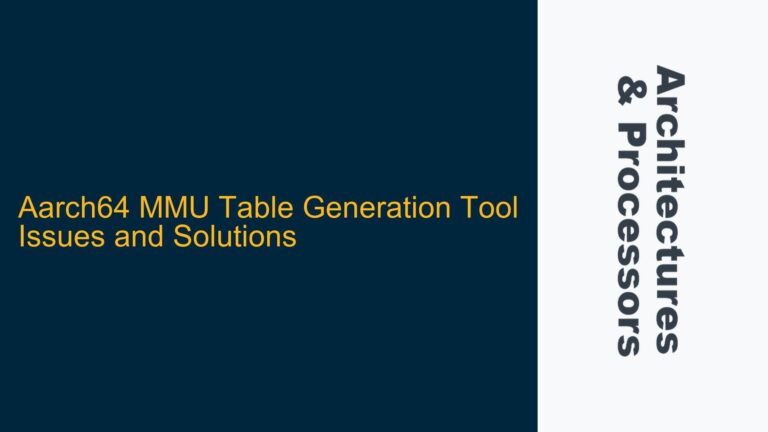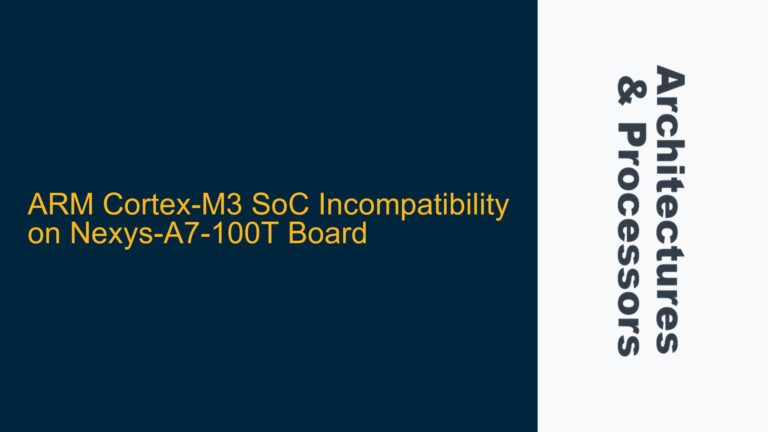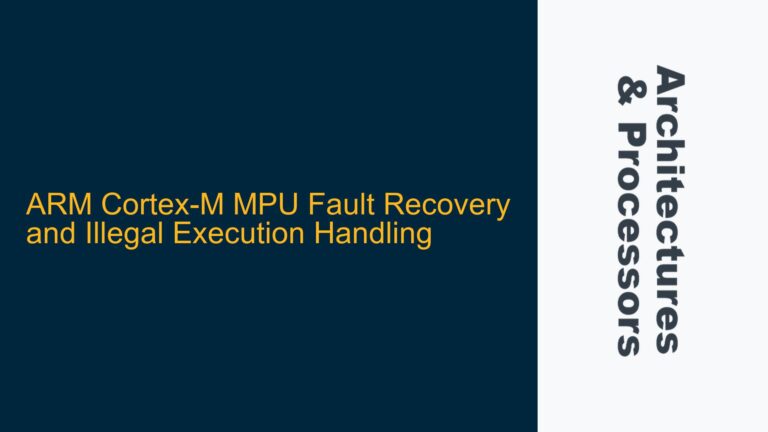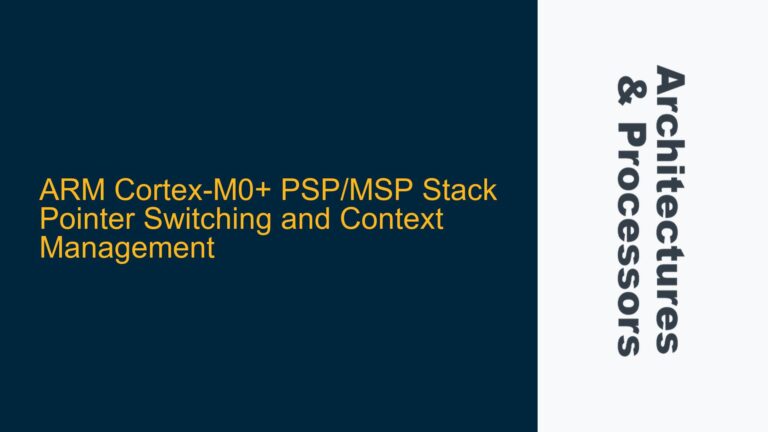MPU Faults Due to Background Region Configuration on ARM Cortex-M4
MPU Background Region Configuration and Fault Generation on STM32F427 The ARM Cortex-M4 Memory Protection Unit (MPU) is a critical component for ensuring memory safety and access control in embedded systems. When configured correctly, the MPU can prevent unauthorized access to memory regions, thereby enhancing system reliability. However, improper configuration of the MPU, particularly the background…
